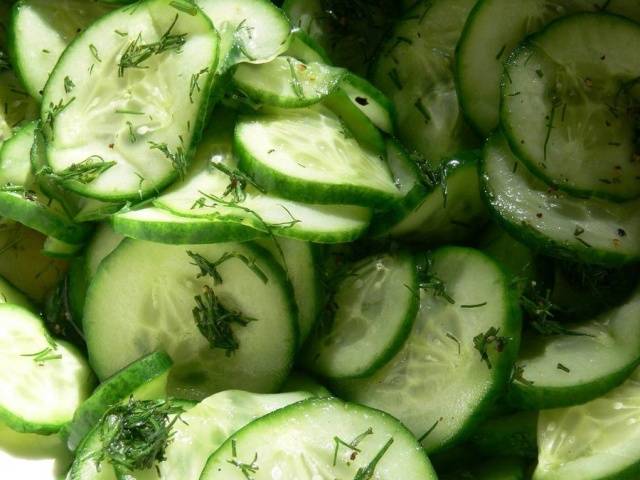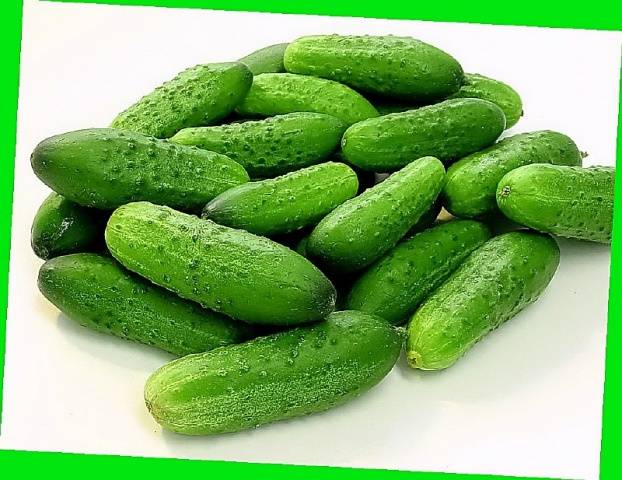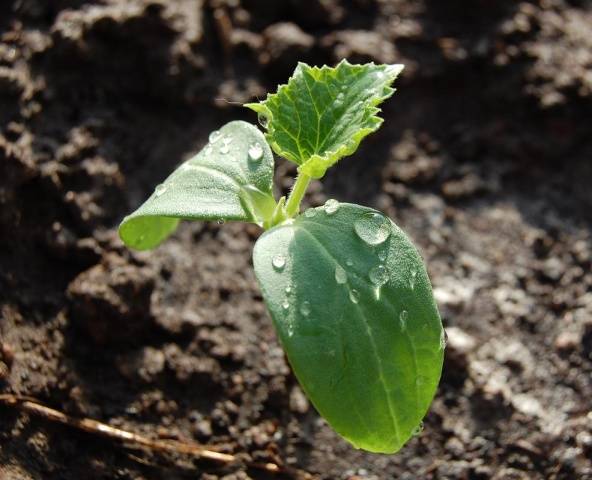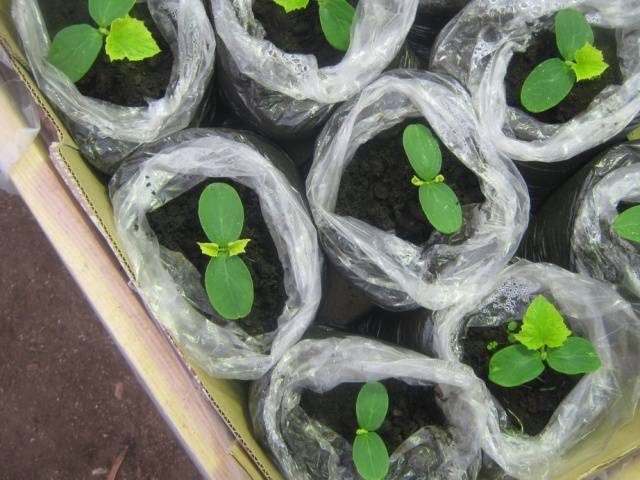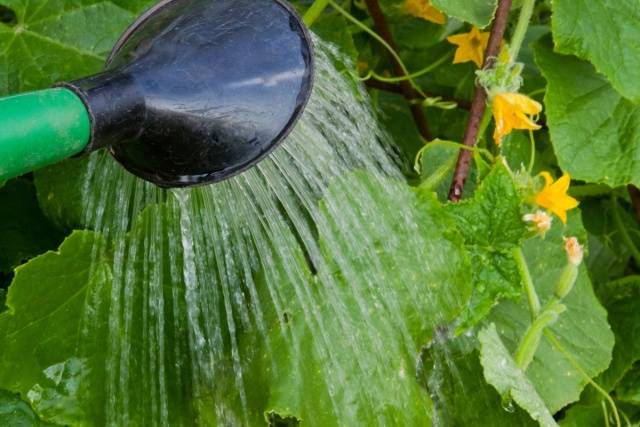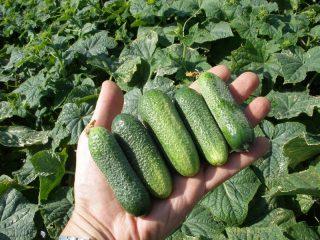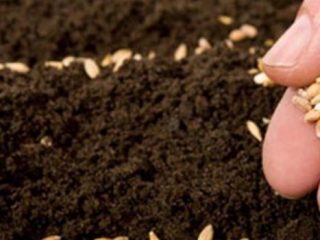Content
When choosing between hybrid and varietal seeds, many prefer varietal seeds. Someone is afraid of genetically modified products, someone wants to collect their own seeds, someone prefers to work with plants tested in our conditions. One of the varieties will be discussed below.
Description
"Nezhinsky" has long been known throughout the post-Soviet space. Despite the fact that new varieties, varieties and hybrids are developed every year, it has not lost its relevance.
Those who grow this variety of cucumbers on their plots, above all, appreciate its taste and versatility. It is successfully used in a wide variety of salads, as a separate dish. Pickled and pickled cucumbers of the "Nezhinsky" variety invariably turn out to be crispy and of excellent taste. For canning, they use green varieties, very rarely gherkins.
Lovers of the variety note its following advantages:
- Excellent taste of "Nezhinsky";
- Long-term fruiting;
- Resistant to high temperatures and short-term drought;
- Good transportability;
- Universal use of the variety;
- Resistance of the variety "Nezhinsky" to most viral and fungal diseases;
- The unpretentiousness of the variety in cultivation.
On the basis of the "Nezhinsky" variety, many new cucumber varieties have been developed. New varieties may differ from the original by higher yield, resistance to unfavorable factors.
Characteristic
Cucumber variety "Nezhinsky", bee-pollinated, medium early. From germination to fruiting, it takes from 50 to 60 days. The scourge of the plant is long, may exceed 2 meters The leaves of the variety are green, medium. Bunch-type ovaries. The yield of the variety is high, it can reach 2 kg per square meter.
The fruits of the "Nezhinsky" cucumber variety have excellent taste, crunchy, with a characteristic cucumber aroma. The shape of the fruit is elongated, ovoid. The skin is large, lumpy, dense. The thorns are black. Fruit weight does not exceed 100 grams.
Cultivation of varieties - open ground, greenhouse.
Outdoor cultivation
There are two ways to grow Nezhinsky cucumber - through seedlings and planting directly into the ground.
Sowing
Seeds are planted when the threat of return frosts has passed, depending on the region, in April - May. The soil should warm up to 10 degrees. If the seeds are planted in poorly heated soil, they are often affected by various fungal diseases, the quality and quantity of seedlings decreases. It is advisable to cover the crops with agrofibre, which will prevent the soil from drying out and protect the seedlings from hypothermia.
Watering is carried out as needed, but at least once a week. It is advisable to water crops by sprinkling - a stream of water can wash out the holes with seeds. It is recommended to use drip irrigation plants, this can save a lot of time.
To grow vegetables successfully, attention must be paid to the characteristics of the soil. In heavy, clayey soil, the development of the root system is difficult.
The first shoots of cucumbers appear in a week. After sprouting, it is necessary to feed the plants. Foliar fertilization is used more often. At the beginning of growth, plants need the following substances most:
- Nitrogen - promotes plant growth;
- Magnesium - actively participates in photosynthesis, increases plant immunity;
- Phosphorus - helps build a powerful root system.
Spraying is carried out in calm, dry weather. Do not process plants during intense sunlight.
Those who planted pumpkin seeds know that plant seedlings are often damaged by ants. They gnaw the cotyledon leaves, sowing has to be repeated. It is necessary to get rid of pests on your site in time.
Growing seedlings of cucumber "Nezhinsky"
All pumpkin varieties react very painfully to root damage, recovery takes a long time. Therefore, it is recommended to plant the plants in separate containers, from which you can subsequently get the seedlings without damaging the earthen lump. Many summer residents in reviews recommend using peat and coconut tablets for germination.
Lack of solar radiation has a detrimental effect on the plant. The seedlings are elongated, weak. After transplanting, the plant recovers for a very long time, postponing the timing of fruiting.
Seedlings of "Nezhinsky" are grown for 30 days, for this period the plant will need at least 0.5 liters of soil. Abundant watering should be avoided; in conditions of excessive moisture, the roots lack oxygen.
Before transplanting, it is advisable to place the plant for several days in conditions similar to those in which it will grow. If the seedlings of cucumbers grew in a greenhouse, it is necessary to open windows and doors, if possible, to take out containers with seedlings in the open air. It is advisable to allow the plants to get used to the colder temperatures at night. Seedlings grown in room conditions are hardened within a week.
After transplantation, it is advisable to shade the cucumber "Nezhinsky". For these purposes, you can use a fine-mesh mesh, agrofibre.
Caring for mature plants consists in regular watering, loosening the soil and timely collection of fruits. It is undesirable to leave overgrown fruits on the bush if they are not intended for collecting seeds. This weakens the plant.
Disease prevention
A good harvest can only be obtained from a healthy plant. It is easier to take simple preventive measures than long-term treatment. Despite the fact that the description of the Nezhinsky cucumber variety guarantees resistance to most infectious diseases, it is better not to risk it.
To avoid fungal diseases affecting plants, it is recommended that leaves do not come into contact with the ground. For this, the lower leaves are removed, the lashes are tied to trellises or other supports. Rainwater often contains fungal spores that can easily infect a plant. It is advisable to spray with fungicides after prolonged rainfall.
Features of growing in a greenhouse
As a rule, bee-pollinated pumpkin varieties are not grown in greenhouse conditions due to the peculiarities of pollination. However, various types of shelters are often used in order to prolong fruiting plants. Many gardeners start the cucumber growing season as early as March by planting seeds in the ground in a greenhouse. With the onset of stable warm weather, the frames are opened, the plants grow outdoors all summer. With the onset of the autumn cold, the frames are returned to their place, extending the harvest by several weeks.
It is necessary to monitor the soil in the greenhouse - if crop rotation is not possible, the land for growing plants should be changed at least once every five years. Even if complex fertilizers are regularly applied, the soil accumulates many harmful substances that complicate the cultivation of plants of the same species in the same place. In order not to change the soil, you can sow greenhouse greenhouse for one season.
It is not difficult to get tasty, beautiful, as in the photo, fruits.With a little attention to plants, you can get a great harvest for your family.
Testimonials
